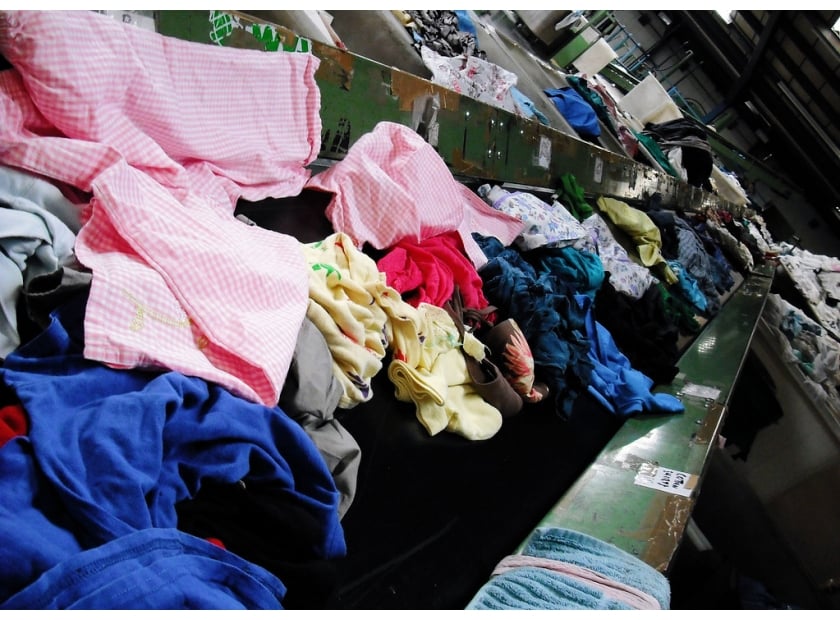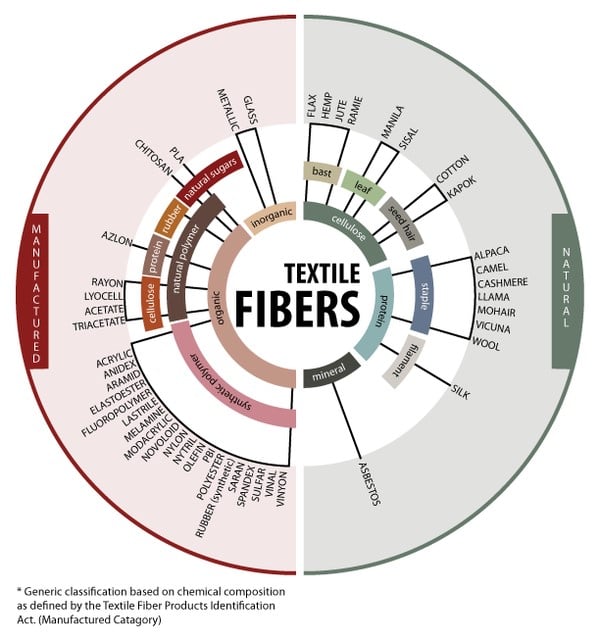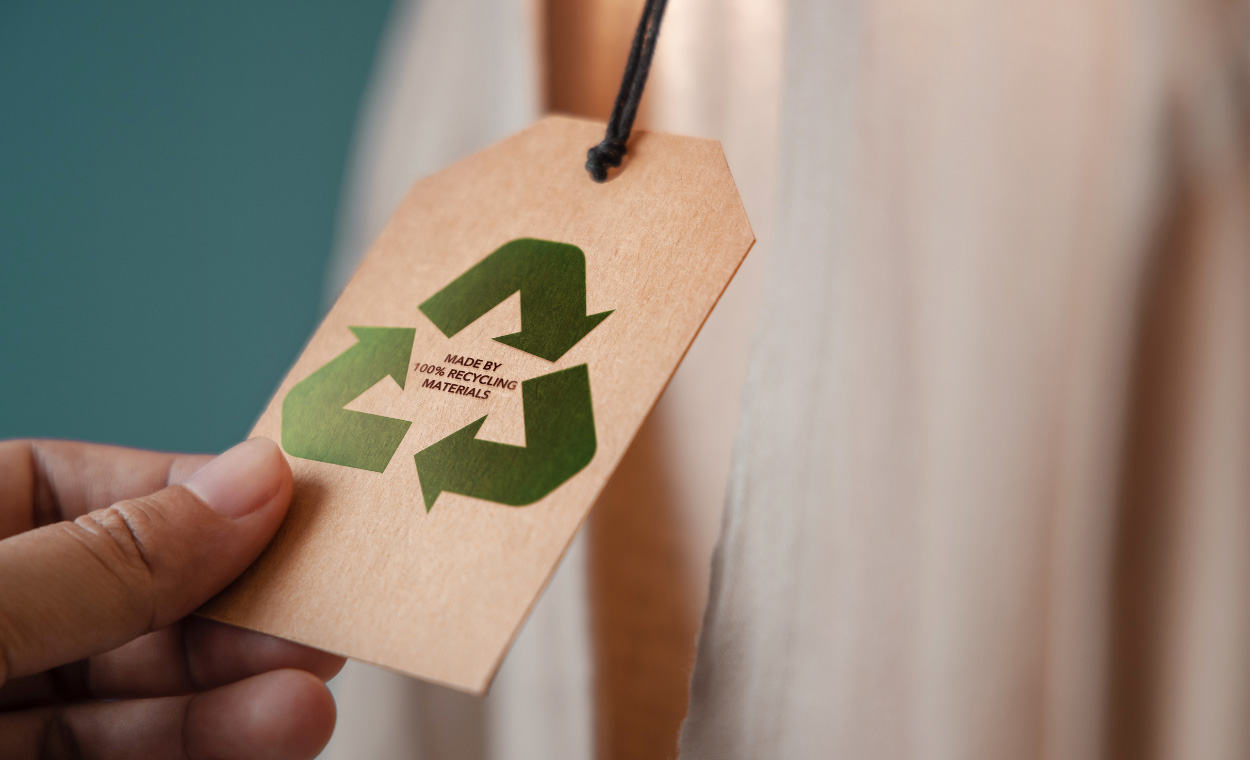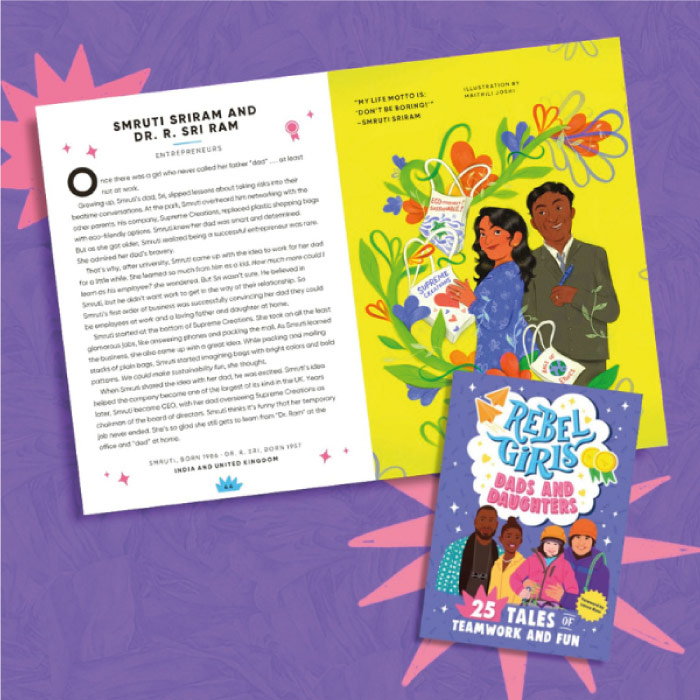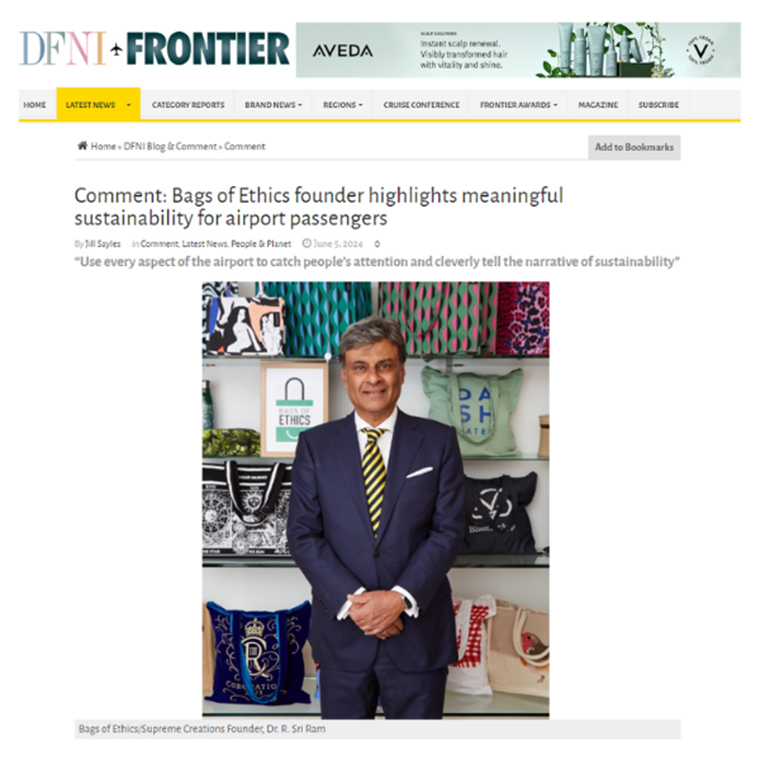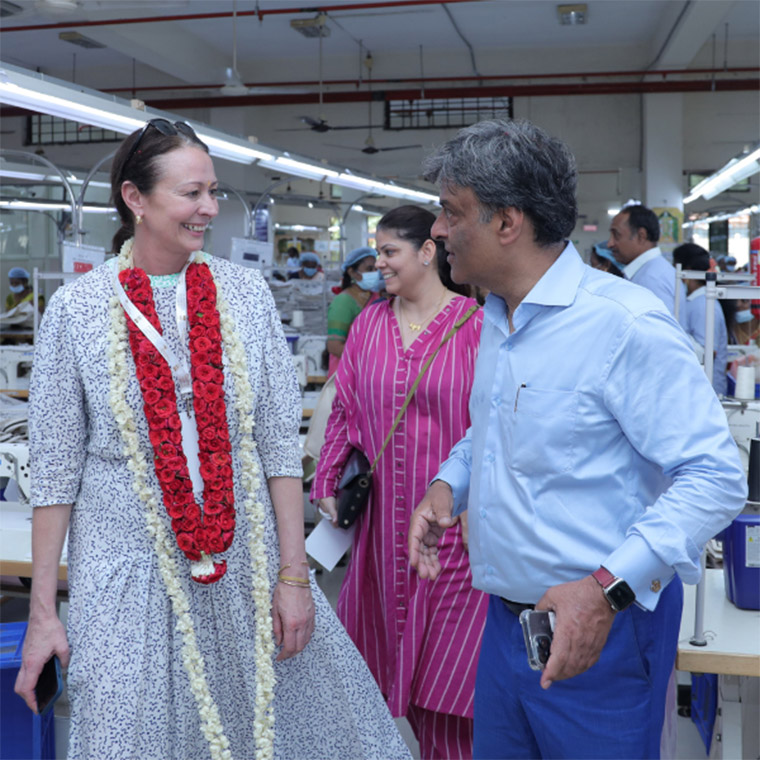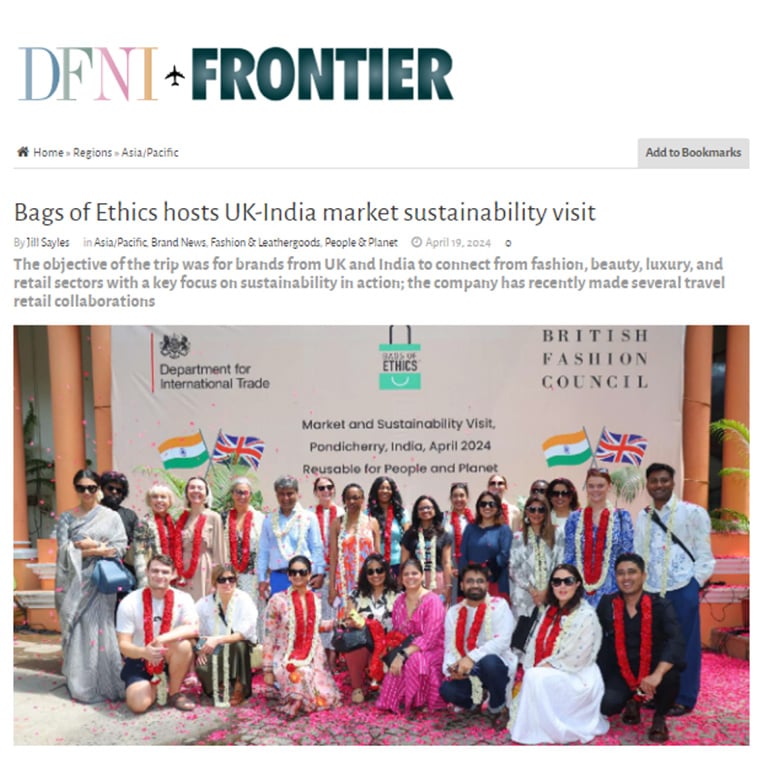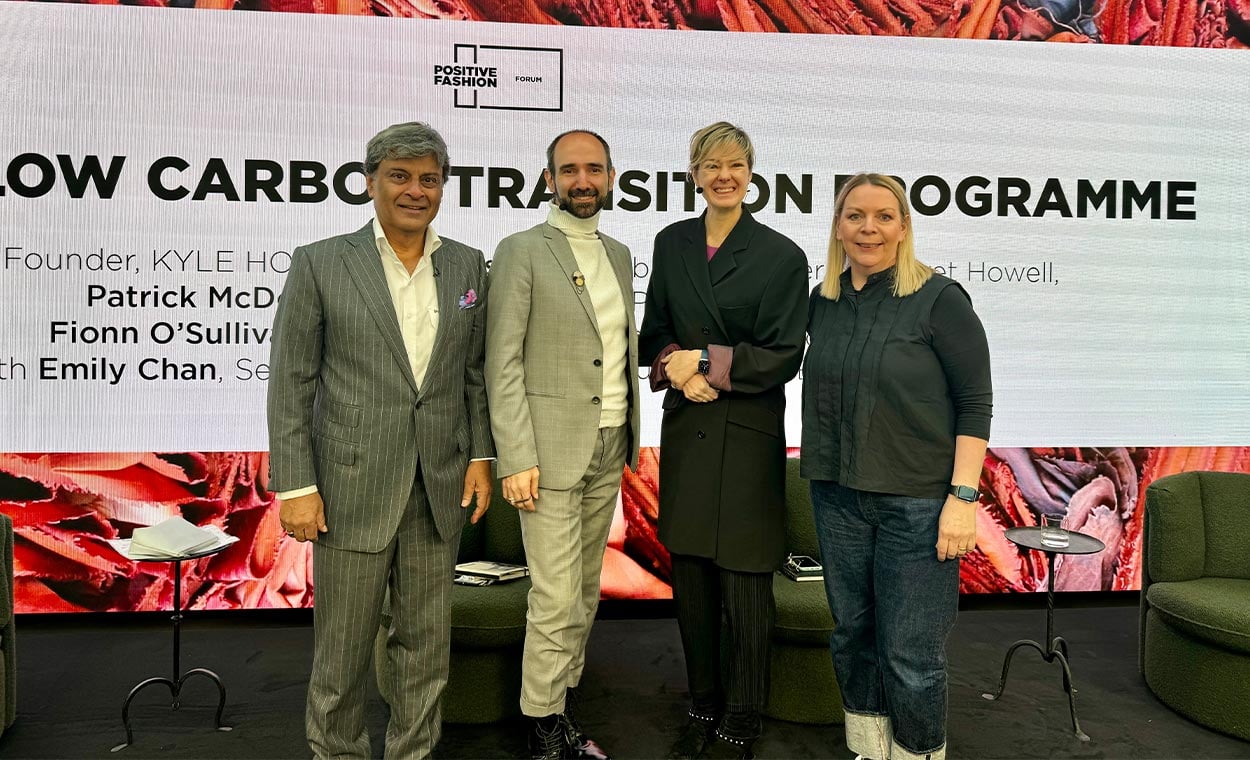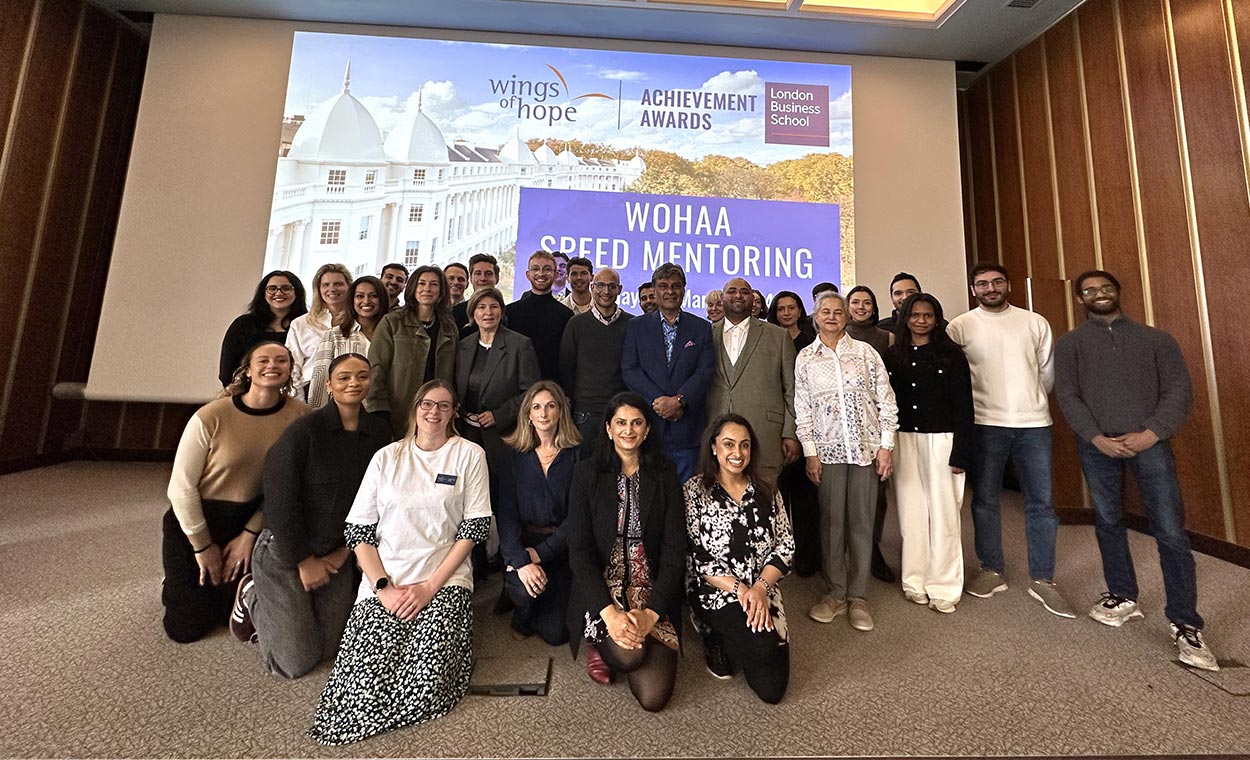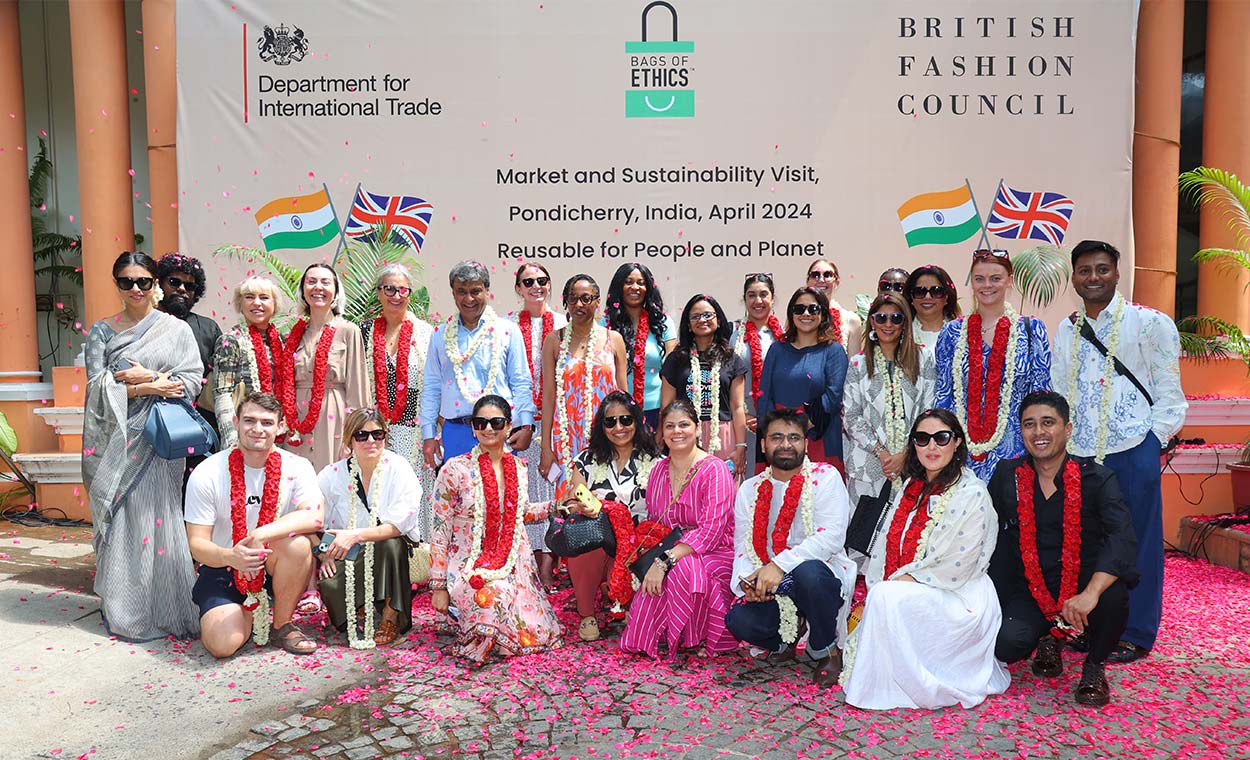As fashion trends are changing so rapidly, people are buying more quickly and frequently. fashion has become the downfall of clothing mass-production around the world leading to millions of clothes thrown away yearly.
The textile industry is currently overflowing with clothing, in 2017 it was discovered that 92 million tons of textiles waste is created each year and the equivalent to a rubbish truck full of clothes ends up on a landfills
Recycling and composting are two methods to dispose of fabrics and garments in people’s wardrobes. Final customers are now more than ever aware of those issues and ready to invest an extra pound to allow brands and manufacturers to provide ethical solutions.
Now, what option is good for your business? Recycled or compostable? And does recycled mean compostable?
What can be recycled? Natural fibres and even polyester:
For natural textiles:
When sorting fabrics and textiles, there are two ways to do so, materials and colour sorting means that the fabric doesn’t need to be re-dyed and this means you are saving energy and avoiding pollutants.
Material sorting means shredding and pulling fibres and incorporating other materials to create a new material entirely. The yarn is then cleaned and mixed through a carding process. The yarn is then re-spun and ready to be woven or knitted into a new garment.
For nylon and polyesters:
When looking into recycling or composting Polyester-based textiles, garments are shredded and granulated for using as polyester chips. This is then melted, and new fibers are created to use in new polyester textiles.
Are all textiles compostable?
Natural textiles that can easily biodegrade include materials such as cotton, silk, wool, cashmere, wool, bamboo, jute, and hemp. Similar to recycling, buttons, clips, zips are extracted from the clothing before repurposing or composting the fabric.
Fabrics like organic cotton, linen, hemp, lyocell, peace silk and bamboo are among the few that are completely biodegradable.
This means that when manufacturers are looking to compost recycled fabric, it will not necessarily be compostable.
In conclusion if you are going with recycled fabric, be sure you are not introducing a product that will end up not being compostable or sustainable with a long term usage. It’s also important to consider the cost when looking to recycle textiles. Fabrics like jute and cotton will be much cheaper to compost and will last longer in the process.
Recycling versus Compostable in the textile industry: Know your basics
